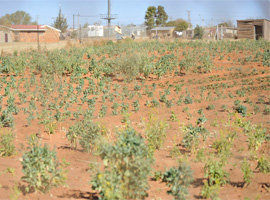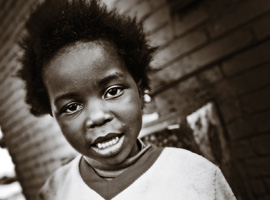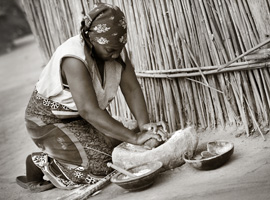

South Africa Resources
South African Government Online
The South African Constitution
South African News
Ivory Park is a township in South Africa, located between Johannesburg and Pretoria. Many of the harsh conditions created under apartheid continue to define how people live and work in Ivory Park. Ivory Park is home to over a million people, including a number of immigrants from surrounding African countries.
how people live and work in Ivory Park. Ivory Park is home to over a million people, including a number of immigrants from surrounding African countries.
Ivory Park is one of the most impoverished townships in South Africa. The majority of residents still lives in informal housing and lack many basic amenities. Many have to share communal toilet facilities and do not have indoor plumbing. Unemployment is a crisis in South Africa. Unemployment in South Africa is officially 22%, but unofficial estimates reach closer to 45%. Estimates of unemployment in Ivory Park are officially at 54%. Unofficial estimates reach as high as 80%.
 Of the 48 million people living in South Africa, conservative estimates are that 22% of the adult population has HIV/AIDS. In Ivory Park, these same conservative estimates are at 33%. There are countless children either living with HIV/AIDS or who are orphaned. There are exceptionally high rates of malnutrition and child-headed households.
Of the 48 million people living in South Africa, conservative estimates are that 22% of the adult population has HIV/AIDS. In Ivory Park, these same conservative estimates are at 33%. There are countless children either living with HIV/AIDS or who are orphaned. There are exceptionally high rates of malnutrition and child-headed households.
Despite these dire conditions, the people of Ivory Park are a model of resilience and strength. When faced with inadequate support services, they turn to each other and to their own skills to create an infrastructure of support and community partnerships. In the past few years, the government has made several improvements to Ivory Park, including streetlights, partial electrification, a city park, and storm drains. Ivory Park is a vibrant community of hard working, industrious families working together to create a better future for their children and for the country.
partial electrification, a city park, and storm drains. Ivory Park is a vibrant community of hard working, industrious families working together to create a better future for their children and for the country.
However, the growing rate of informal settlements often outpaces these advances. The recession, increasing transportation costs, and the global food crisis continue to threaten the stability and potential of the entire country.

Townships were created during apartheid by the white South African government as a way to group the majority black population in to densely over-populated living quarters outside white-only living areas. This was a strategy of control and domination. During apartheid, the black majority, approximately 87% of the population, was forcibly removed from their homes and confined into less than 15% of the land. The apartheid government would not allow people in townships to have their own businesses, and they trapped the population into these areas with little to no infrastructure. The government built these townships near white city centers, so that they could utilize the population to work in the mines or to provide service the white population, such as domestic workers or gardeners.
Apartheid, which means apart-ness or separateness, was a system of legal racial segregation put in place by the white-only South African government in 1948 and ended only in 1994. The apartheid system governed every aspect of people’s lives, and their fate was determined by their racial classification. Segregation was extended in schools, living spaces, public amenities, and occupations. White South Africa, who were in the minority and composed only 13% of the population, were allowed access to the best living conditions, educational systems, and job opportunities. Blacks, Indians, and so-called “coloured” persons of mixed race were violently and psychologically suppressed by the government. They were given only minimal educational opportunity, lacked freedom of speech and freedom of movement, were confined into impoverished and unsafe living conditions, and restricted in their employment options. In 1958, the apartheid government removed citizenship for all Black South Africans, lumping them into artificially created ‘self-governing’ homelands. Members of all races and ethnic groups joined together to oppose apartheid, which finally ended in the first democratic election in 1994.
Unemployment statistics are complex in South Africa, since official statistics include only those people seeking employment in the formal economy. These figures do not include people who are unable to work due to age or disability, people who have given up seeking employment, and people who are working in the informal economy as subsistence farmers or street venders. The statistics also do not include the growing number of migrants from other African countries. These migrants have faced extraordinary discrimination and violence from people who fear they are taking jobs from citizens.